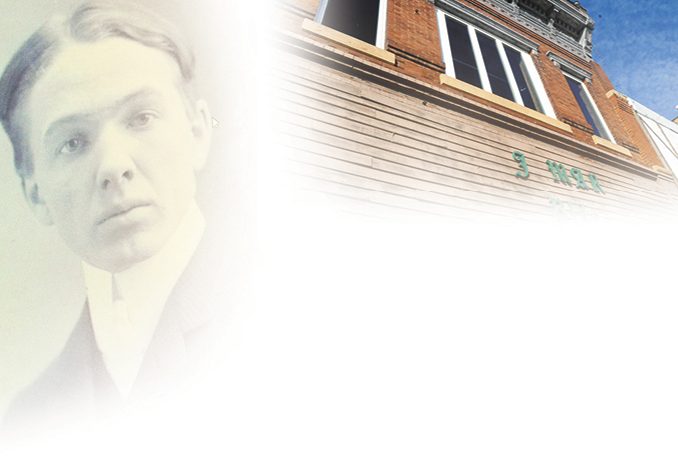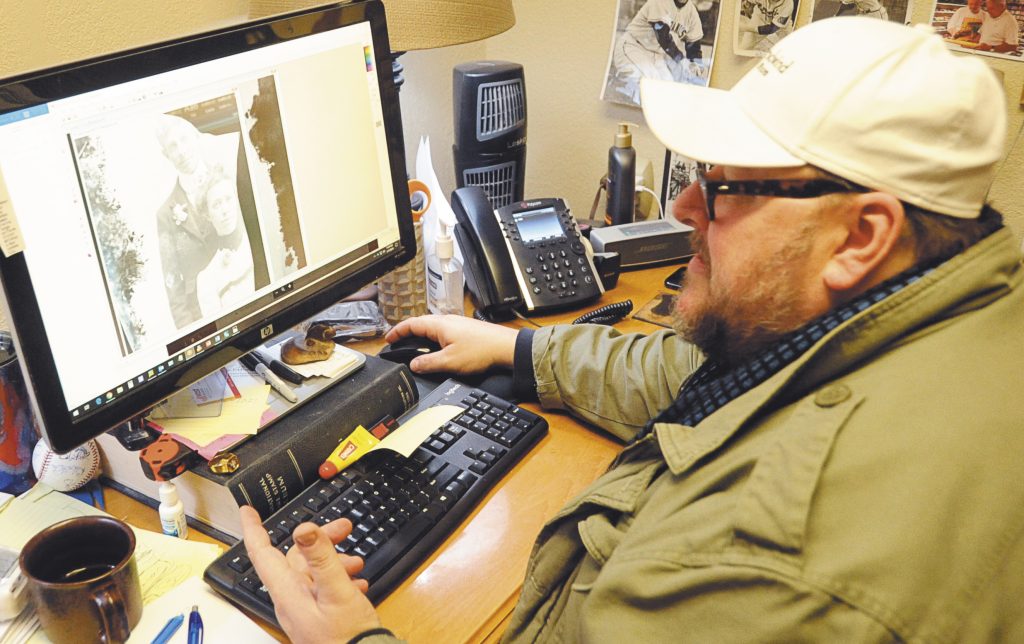
Glass plate images discovered in the rubble of a demolition project in the upstairs level of the former J Mar building piqued the interest of the building’s new owner
By Per Peterson

Mark Seager would like nothing more than to someday have somebody living in the space above the former J Mar building on 3rd Street, next to his Second Wind C-Pap business. Judging from the haunting images discovered in the ceiling last week, maybe future residents can use that space as a photo studio.
Seager took over ownership of the building last December, and demolition on the main upper level room began earlier this month. The typical lathe, plaster and electrical wire were torn from the walls and piled up on the floor last week, waiting to be removed for good. But something else was found — something that piqued Seager’s interest in a major way.
Tucked away, hidden in the cold dark for who knows how long, were a number of images Seager estimates were taken sometime in the late 19th century, or early 20th century.
“The guy I have up there was kind of taking the hammer and pulling the lathe and plaster down, and they just kind of fell down,” Seager said. “They were just arbitrarily in the center of the ceiling. They’re beautiful and haunting.”
Seager is sure the images were taken with a Collodion camera that uses glass plates — both wet and dry plates were used. Most of the images show faces of the past — of men, women and children.
“I get goosebumps looking at them,” Seager said. “Back then, people didn’t smile, and there are all these theories as to why — bad dental, they didn’t trust the camera, or the exposure time was too long for them to hold a smile. The only one I found that was smiling was the guy that just got married.”
There was also an image of a piece of farm machinery called a steam traction engine, basically a precursor to the tractor. Seager used that image to put a ballpark date on his newfound collection.
“It dates to the 1880s, the 1890s,” he said. “Whether that picture was taken in the same timeframe as the other ones, I don’t know, but they were found together.”
As someone who carries with him such a profound appreciation of Tracy’s history, Seager couldn’t deny his desire to do something with the images. Using his smart phone, he took photos of the negatives and emailed them to himself.
See this week’s Headlight-Herald for more on this article.
